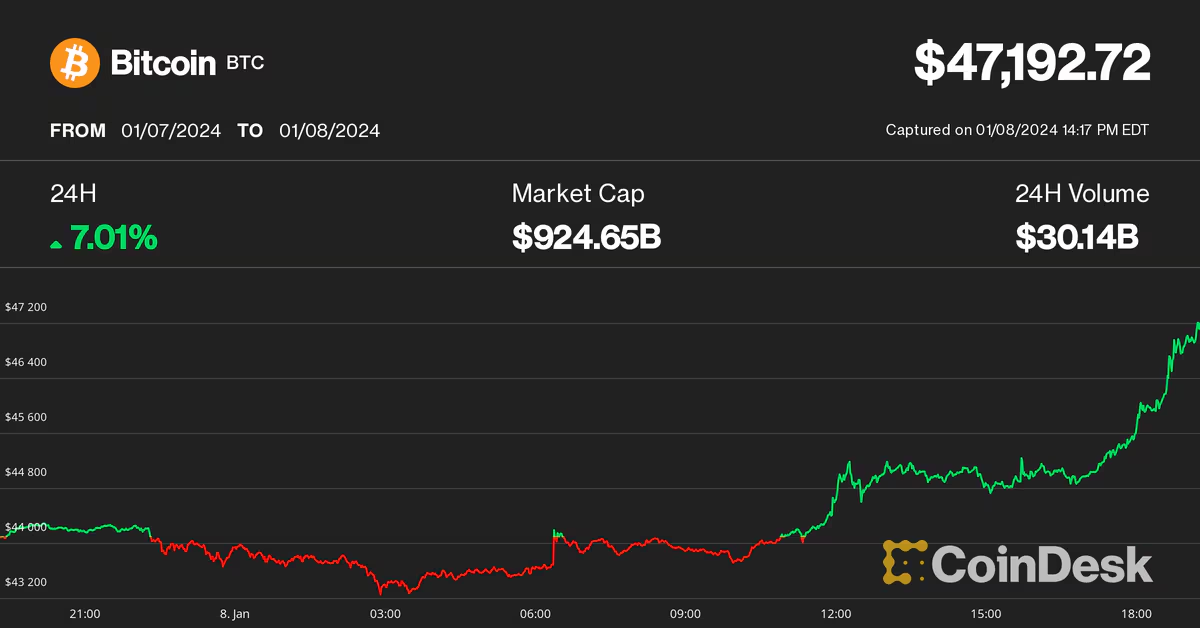Modular Scaling: The Challenges and Future of the Rollup Ecosystem
It would come as no surprise if the division of layer 2 rollups ultimately caused the downfall of the network's application dominance, according to Avi Zurlo, Foundation Chief Product Officer.What Went Wrong with Ethereum Scaling?
In the wake of ETH Denver, the rollup ecosystem is buzzing with excitement over the innovative ideas discussed to address the state fragmentation issue. As an expert in blockchain technology and finance, let’s dive deeper into this topic and explore the challenges faced by modular scaling and the future of the rollup ecosystem.
Introduction
Avi Zurlo, the Chief Product Officer of =nil; Foundation, recently attended ETH Denver, where leaders, builders, and visionaries revisited Ethereum’s rollup-centric roadmap from 2020. This event shed light on the explosive growth of the Layer 2 (L2) ecosystem, with the total value locked in L2s skyrocketing by over 230% in the past year alone. However, this growth has brought forth the need for modular scaling designs to address the challenges presented by fragmentation.
The Siloed Environment of Rollups
Despite the promising potential of Ethereum scaling solutions, each rollup currently exists within a siloed environment, lacking the notion of other rollups’ state or Ethereum itself. This state fragmentation compromises the network effects of the Ethereum ecosystem, introduces complexity and risks in interoperability protocols, and worsens the developer and user experience. Additionally, price-sensitive applications must run app-specific infrastructure to avoid congestion fees, exacerbating the state fragmentation problem further.
Where Did We Go Wrong with Modular Scaling?
In a perfect world, Ethereum scaling solutions would maintain Universal Synchronous composability, enabling seamless exchange and real-time settlement of transactions. Unfortunately, the reality is far from this ideal. Instead, the lack of unified liquidity across the L2 ecosystem creates a barrier to entry for users who are looking for a singular network to meet their trading, swapping, or staking needs. Moreover, the proliferation of app-specific chains tailored to niche user bases raises questions about the value of customization.
- The Bitcoin Shift: From Critics to Curiosity
- Bitcoin: Empowering Women in the Digital Economy 💪💰
- What’s the Point of a $275,000 Fine? SEC Settlement Leaves Questions Unanswered
Interoperability Complexity: When Will It End?
Interoperability has always been a difficult challenge, with bridge hacks resulting in over $2.8 billion in lost funds within the crypto industry. The L2 ecosystem’s rapid growth and the emergence of numerous app-specific blockchains only exacerbate the interoperability and state fragmentation issues. While there is no one-size-fits-all solution, it is crucial to address these challenges to prevent further complexity and potential loss for users.
Diminishing Developer and User Experience
Interoperability complexity adds frustration and fragmentation for developers building on various networks. Instead of focusing on building applications that onboard the next billion users into Web3, developers find themselves dealing with network abstractions and unnecessary workloads. Similarly, users must navigate complex interactions between chains, managing asset bridging, wallet network management, and the complexities of gas tokens. To ensure a seamless and user-friendly experience, builders must prioritize scaling solutions and remove the barriers that intimidate newcomers.
The Future of Modular Scaling
The responsibility lies with the L2s themselves to mitigate congestion fees and provide viable alternatives for price-sensitive applications. Without solutions to address state fragmentation, the Ethereum ecosystem’s application dominance may suffer in the long run. As the next cycle approaches, increased congestion fees could lead to more developers opting for app-specific infrastructure, further amplifying the existing problems.
Q&A
Q: How can the Ethereum ecosystem overcome the challenges of state fragmentation?
A: The Ethereum ecosystem needs comprehensive solutions that prioritize interoperability between rollups and the mainnet, fostering unified liquidity and reducing fragmentation. Building bridges and establishing common standards can enhance composability and create a seamless user experience.
Q: What strategies can developers employ to navigate the complexities of modular scaling?
A: Developers should consider building on platforms or frameworks that offer interoperability solutions, ensuring their applications can seamlessly interact with other networks. Additionally, collaborating and leveraging existing infrastructure can streamline development and reduce the burden of managing multiple chains.
Q: What are the potential consequences of failing to address state fragmentation?
A: Failing to address state fragmentation could result in a diminished user experience, hampered scalability, and the proliferation of app-specific infrastructure. In the long run, this could undermine the Ethereum ecosystem’s dominance and hinder its ability to attract new users.
Conclusion
Modular scaling in the rollup ecosystem presents both exciting opportunities and substantial challenges. By addressing the issues of state fragmentation, interoperability complexity, and the diminishing developer and user experience, the Ethereum ecosystem can continue to thrive and attract a broad user base. To ensure a successful future for modular scaling, collaboration and innovation within the L2 ecosystem are crucial.
Liked this article? Share it on social media and join the discussion on the future of modular scaling in the blockchain industry!
Reference List:
- Tweet about the buzz around rollup ecosystem
- Understanding the Economics of Ethereum Layer 2s
- Ethereum’s Vitalik Buterin Writes on ‘Enshrinement’ of L2 Functions on Mainnet
- What Are Rollups? ZK Rollups and Optimistic Rollups Explained
- Video: Ethereum Foundation developer Justin Drake on fragmentation problem
We will continue to update Blocking; if you have any questions or suggestions, please contact us!
Was this article helpful?
93 out of 132 found this helpful
Related articles
- Bitcoin’s All-Time High: Not Hedged for Inflation?
- Bitcoin: The Exit Ramp for the Pissed-Off Masses
- Layer 1 vs. Layer 2: Understanding the Relationship 🤔
- Ethiopia’s Bitcoin Mining Industry: Powering Economic Growth and Prosperity
- Bitcoin Miners Win Battle Against US Department of Energy’s “Emergency” Order
- The Future of Payments: Unveiling the Truth Behind Blockchain Technology 💸
- Crypto AI Tokens: A Rollercoaster Ride of Enthusiasm and Suspicion 🎢💸






